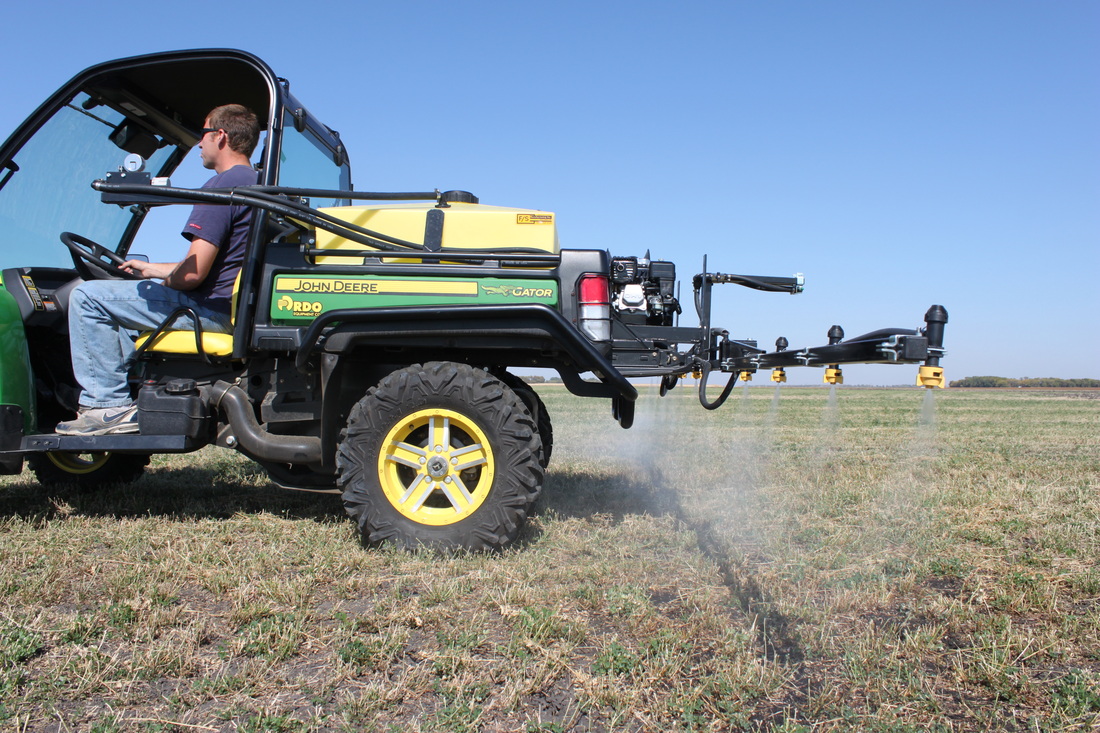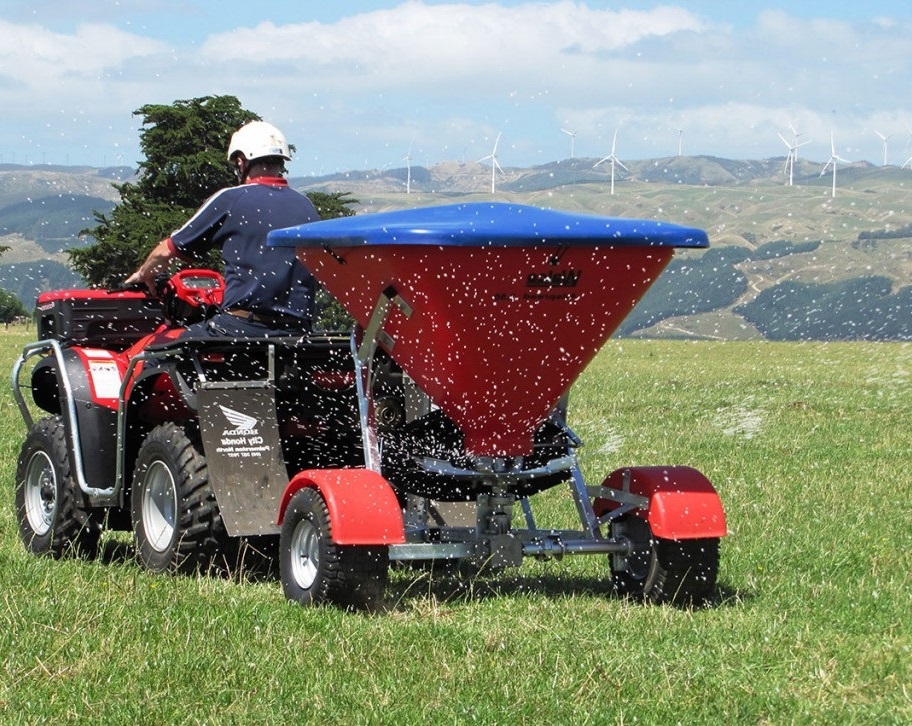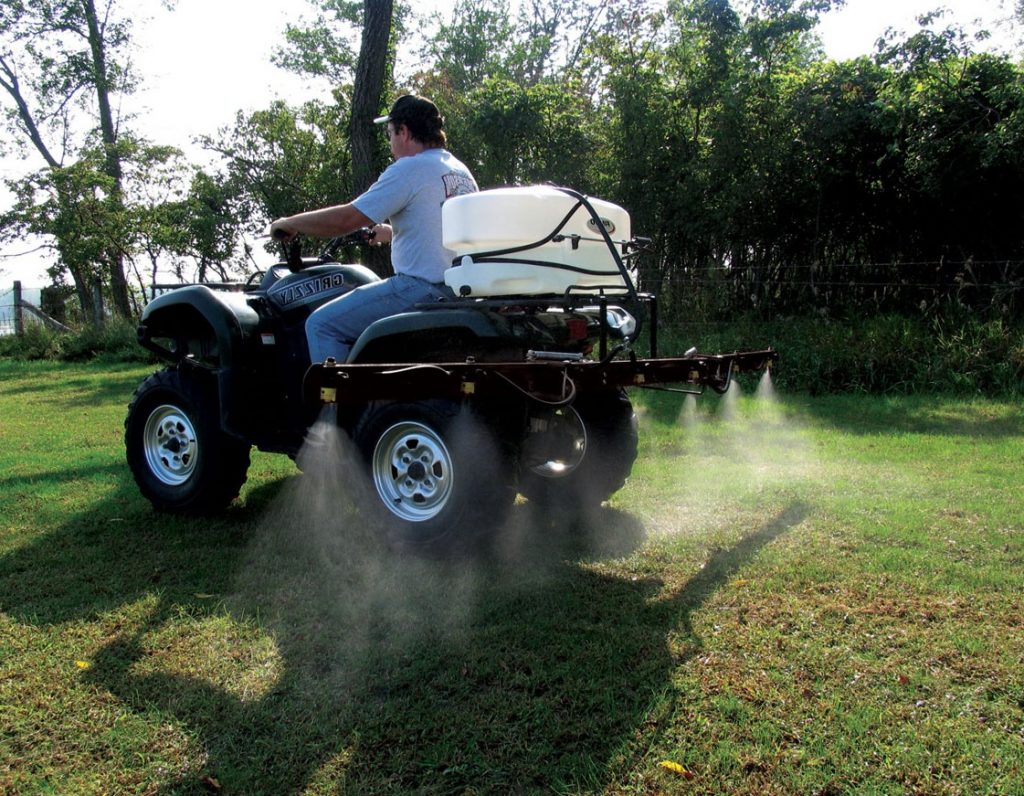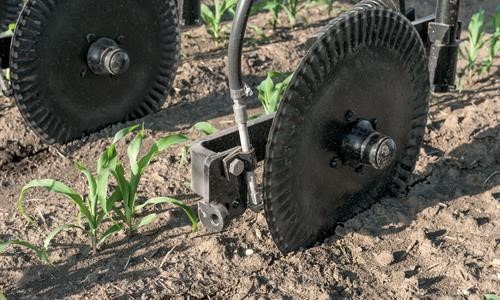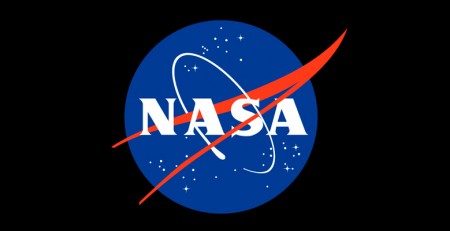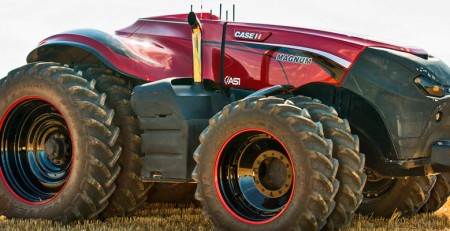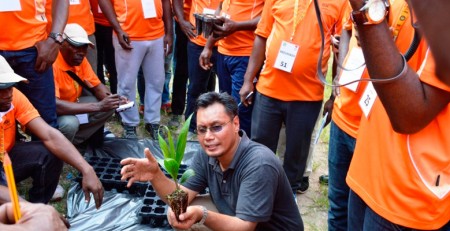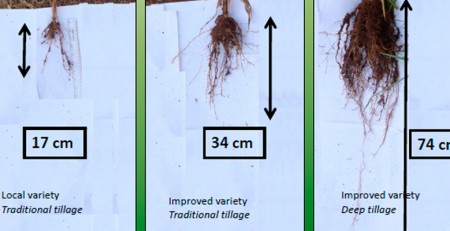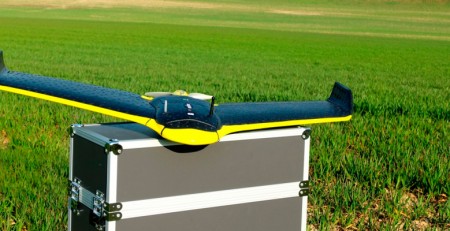Comment réaliser une fertilisation efficace des cultures
La fertilité du sol est le facteur le plus limitant pour les rendements des cultures économiques en Afrique subsaharienne et dans de nombreuses régions à travers la ceinture équatoriale. Les frais d’achat d’engrais sont plusieurs fois plus élevés que dans d’autres régions du monde. Par exemple, il pourrait coûter à un petit agriculteur à 100 km d’un port, beaucoup plus de transporter des engrais du port a son ferme qu’il coûte de l’expédier à des milliers de kilomètres à travers l’océan.
Cependant, le dilemme existe encore, et à mesure que les cultures sont récoltées à partir de la terre et que les intempéries producent l’épuisement des nutriments du sol continuent de provoquer un offre négative des nutriments vers les cultures, les terres finissent par être abandonnées et le cycle ne fait que s’aggraver.
La fertilité du sol est un terme qui doit être utilisé comme état général du sol. Bien que toujours connu des agriculteurs et des agronomes, un terme qui devient de plus en plus populaire est la «santé du sol». Il s’agit d’un terme global qui considère l’état biologique du sol en plus de la mesure des 17 nutriments essentiels requis pour la croissance des plantes. Il se concentre à long terme.
Des choses comme le maintien de la matière organique et l’ajout de plus matière, quand elle est épuisée; en utilisant un labour réduit afin de ne pas endommager la structure du sol; La rotation des cultures afin de recycler la biomasse dans le sol; Et d’autres étapes contribuent tous à la «santé» du sol.
Dans les sols fortement touchés par les intempéries, même lorsque les agriculteurs font toutes ces choses, les rendements des cultures n’augmentent pas ou peut même diminuer car les nutriments disponibles fournis par un système strictement organique ne sont pas adéquats pour la culture cultivée.
Rappelez-vous: avant de fertiliser, vous devez consulter un agronome ou un professionnel de l’extension de votre région.
Do fertilizers harm the soil? This is a common statement and on its own, is false. In fact, fertilizers will assist with the conversion of inorganic Nitrogen locked up in the soil organic matter because the bacteria that are responsible for the final phase of mineralization are Nitrogen ‘hungry’. A little nitrogen at the right time can assist with this conversion, and increase economic yields significantly.
Application Methods and Placement
Nitrogen fertilizer materials lend themselves to a range of application methods, including broadcast application, surface banding, knife or coulter injection and application with the planter. Choice of method and placement is related to the source of N.
There are several methods of applying fertilizer, all of them with advantages and limitations, let’s make a short will mention of the 3 most common methods.
Broadcast (plus tillage)
Nitrogen fertilizer materials lend themselves to a range of application methods, including broadcast application, surface banding, knife or coulter injection and application with the planter. Choice of method and placement is related to the source of N.
Broadcast applications can be used with urea, ammonium nitrate and UAN solution. However, broadcast applications of urea can result in substantial loss of fertilizer N to the air. Treatment of urea with Agrotain before broadcasting, or incorporating the urea into the soil with tillage or irrigation within three or four days, will reduce or prevent N loss.
Advantages: fast, economical
Disadvantages: high nutrient losses, low uniformity
P efficiency is only 1/3 to ¼ that of banding
Foliar application
is application of a small amount of fertilizer or mineral through direct spraying onto the leaves with sprinklers or furrow irrigation. Small amounts of liquid fertilizer applied to young vegetable plants at the time of transplanting is called a starter solution. Some plants require micronutrients such as zinc and iron that they cannot get through the soil, but their leaves can absorb them.
There are limitations. If you use a solution that is too strong you might burn or scorch the leaves. You can only apply a small amount of nutrients in a single spray.
Advantages: rapid uptake
Limitations: potential toxicity to the plant, limited to small and/or repeated application.
Band application
Is also known as starter application. Fertilizer is applied in bands near where developing roots will easily reach it; either to the side and below the seed rows, slightly below the seeds, or in between rows. A common practice is to band fertilizer 2 inches to the side and 2 inches deeper than the seeds or plants. This provides the plants with a concentrated zone of nutrients and can improve nutrient use efficiency. The process can be done before or simultaneous with planting or seed drilling. Liquid or dry fertilizers can be used.
Advantages: high nutrient use efficiency, jump-starts early growth. Many fields are deficient in P, due to soil binding and cold temperatures. Banding P makes it easier for plants to grow. It also slows NH4+ conversion to NO3- (nitrification), reducing the risk of leaching.
Limitations: costly, slow; risk of salt burn to plants
How do I achieve my greatest return on the fertilizer I purchase?
1.) Strive to maintain soil health…all the things mentioned above…good rotation of crops, use cover crops, minimize tillage, maintain surface residue to cool the soil and prevent the rapid breakdown and loss of organic nutrients, etc.
2.) Test your soils .. know the health of your soil by testing it. Test it over time to see what nutrients are becoming deficient and respond with best management practices to correct them.
3.) Use the proper fertilizers and time their application according to when the plant needs them. This is the single largest way to minimize how much you have to spend on purchased fertilizers. Nitrogen is the most responsive to timing because it is the most sensitive to environmental loss from leaching, volatilization, and denitrification in waterlogged soils. When Nitrogen is applied at the right time for the plant’s needs, you can use as much as 50% less than you would have to apply if you did it all at planting, for the same yield.
Sidedressing a crop while cultivating has many benefits. You can use a fraction of the nitrogen you would have to apply if doing so all at planting; you aereate the soil, which assists the soil to ‘breathe’ and provide soil moisture from the soil below the root zone; and most importantly, you are feeding the crop when it most needs it.
4.) Control placement of fertilizers – when planting the crop, by applying your basic starter fertilizer in a band, or in closer proximity to the germinating seed, you will receive the same response as if you broadcast it in many cases; particularly Phosphorus and starter Nitrogen. Broadcasting Phosphorus at 4X the rate you would band it at still might not give the response that banding it near the seed will. Most annual crops that require a lot of nitrogen only need a small amount of nitrogen to get started in a healthy manner. The balance can be put on after the plant is actively growing.
Banding of fertilizer makes your fertilizer investment count. You can use a fraction of the amount of fertilizer, place it where it needs to be, and your crop will get a much healthier start.
Remember: Before fertilizing you should consult with an agronomist or extension professional of your area.
By: John Deibel, Freelance Writer for Tractor Export
https://plantsciences.missouri.edu/nutrientmanagement/nitrogen/practices.htm


